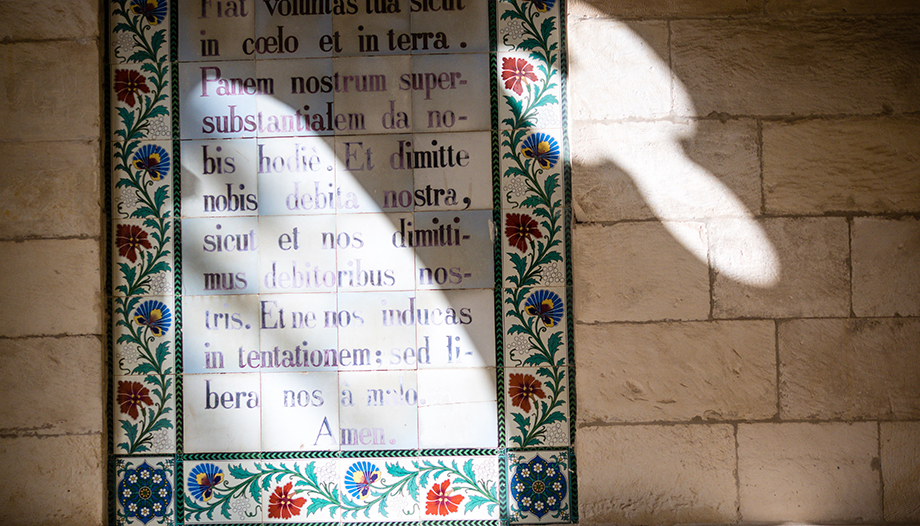Now that we are rethinking the new Religion curriculum it is worthwhile to take a deeper look and discover the keys that will help us to ensure that this curriculum really fulfills its teaching-learning mission.
Thinking about this, the famous phrase of St. Irenaeus of Lyons came to my mind, 'the glory of God is that man should live', and I think it gives us a suggestive vision. Especially if we do not remove the second part of the holy bishop's sentence, 'the life of man is to contemplate God'.
In this exercise that is the school teaching of Religion, there are two banks of a river that must be united: God and mankind. The curriculum must get it right in the way of doing so, and therein lies its important and, at times, complicated mission. Perhaps at other times we have started too much from a theological content that we had to adapt and explain to children and adolescents. A content that the Religion teacher made an effort to make meaningful, and in this he spent a lot of his energies.
In the school teaching of Religion there are two banks of a river that must be united: God and mankind, and that is the mission of the Religion curriculum.
Javier Segura
The sentence of St. Irenaeus invites us to walk this path between man and God, but in another direction. To approach man first, with all his desire for life and life in fullness. To listen to his concerns, his struggles, his wounds, his aspirations... and to help him discover that God himself wants to fulfill these longings. That his story is not alien to him. That the glory of God is that this child reaches full life, that this young person lives with all the power that God himself sowed in his heart. Jesus said 'I have come that they may have life and life in abundance' (Jn 10:10).
This will lead us to a curriculum with a purely educational focus, whose central objective is the full and integral maturity of the student, based on the keys provided by Christianity.
But this project must be based on two basic assumptions, which, if not well directed, can make the curriculum and school religious instruction itself unsuccessful.
The curriculum must have a purely educational focus, whose central objective is the full and integral maturity of the student based on the keys of Christianity.
Javier Segura
On the one hand, we must listen well to the saint of Smyrna and also emphasize the second part of the sentence. Truly God wants man to live, but man's life is to contemplate God. That deep longing of the heart that all human beings feel has a name, it is God. He is the source of life, and if we take God away from the human being, we are not taking away a more or less interesting idea, but we are taking away the origin of his own life. Because perhaps this is the great problem of the transmission of Christianity, that we have turned God himself into an idea and Christianity into an ideology, when it is something very different. God is a person and Christianity is an encounter. Therefore, at the center of the curriculum, at the same time that the young person and his maturation must be at the center, it must be considered that in the personal encounter with God is the fullness of all the dimensions of his being.
The second pillar on which the project should be based is a correct anthropology. And this is not something abstract or merely speculative. From erroneous anthropological visions we arrive at incomplete and unstructured realizations of persons that generate frustration. We must offer our young people a vision of the human being that serves as a reference for the full and mature integration of all the dimensions of their lives. But this means that the curriculum itself must have this clear vision at its core. As so often happens, we must not take anything for granted, we must put the bell to the cat, and have a clear proposal of what model of person we have.
Perhaps St. Irenaeus of Lyons himself sheds new light on this when he tells us that "because of his infinite love, Christ has become what we are, in order to make us fully what he is."
That horizon of what we are called to be, the best anthropological model that we can present to our young people, the center of the curriculum in whatever direction we walk the bridge that unites man and God, is none other than Jesus Christ.
The best anthropological model we can present to our young people is none other than Jesus Christ.
Javier Segura
If we are clear about these principles, man and his maturation, God as the fullness of life and a clear anthropology that has Christ as the definitive reference point, religious education in schools can contribute much to the educational system and to the lives of children and young people.











